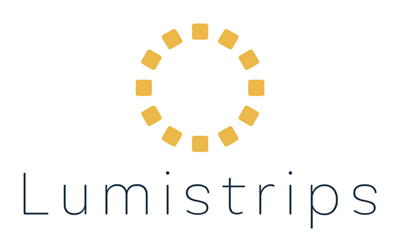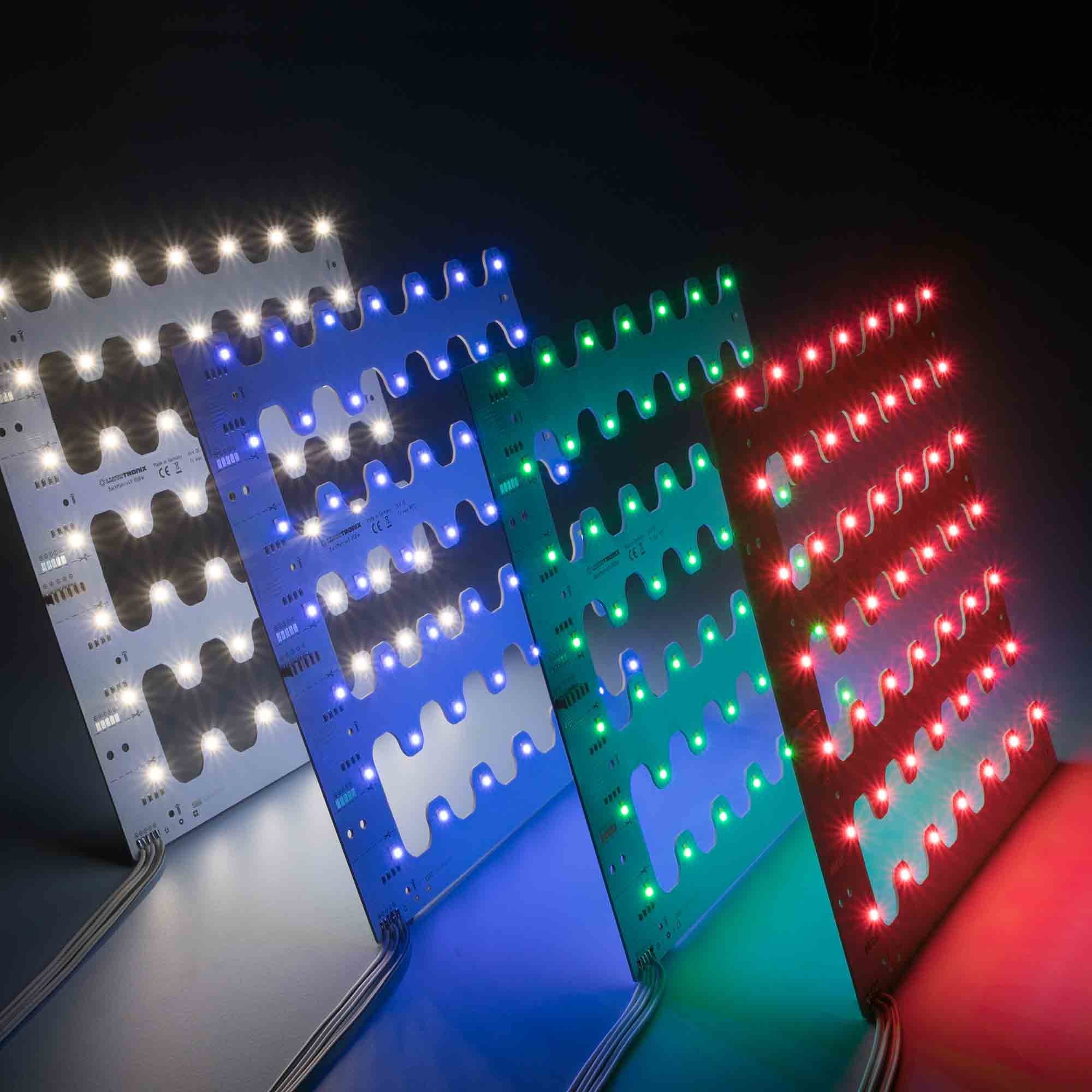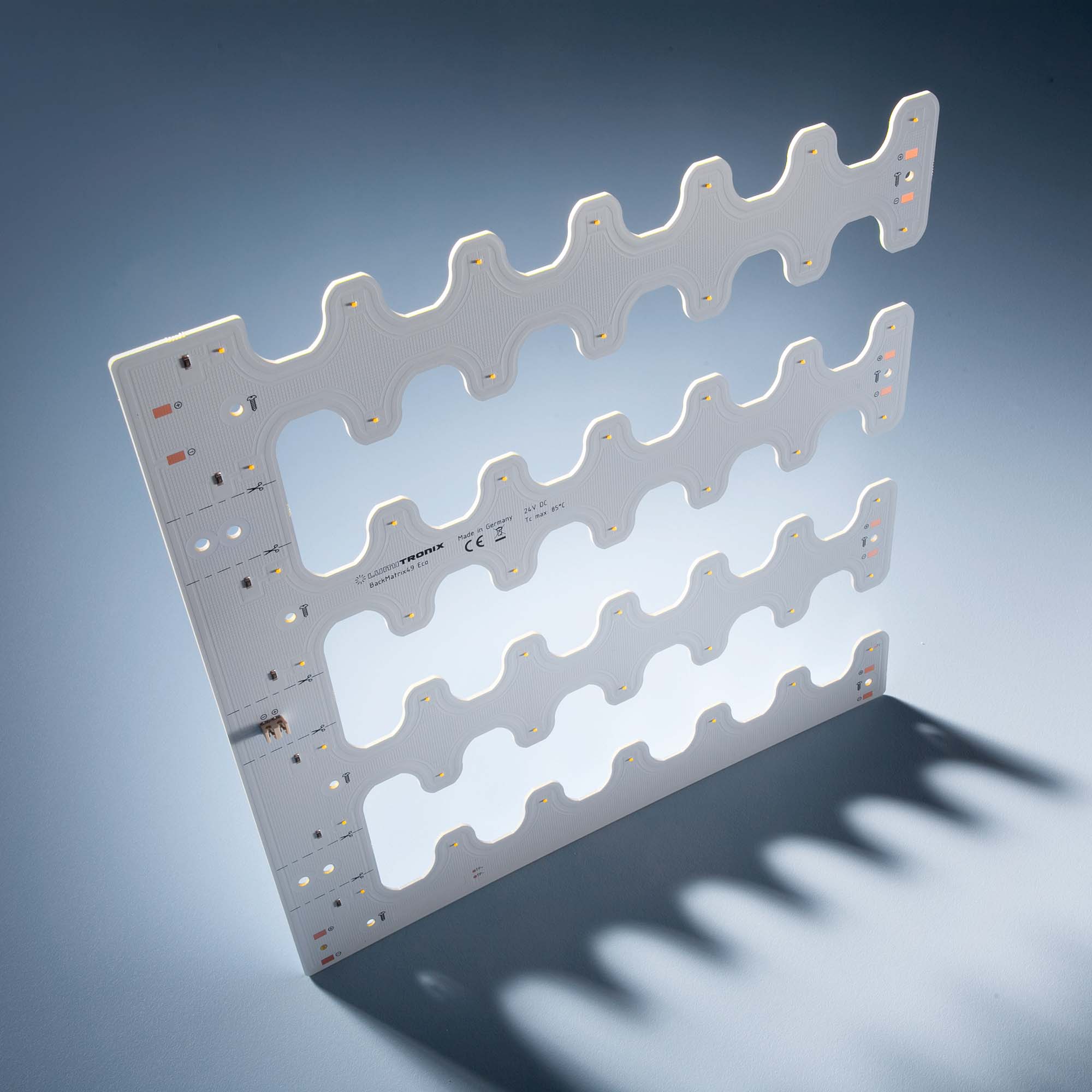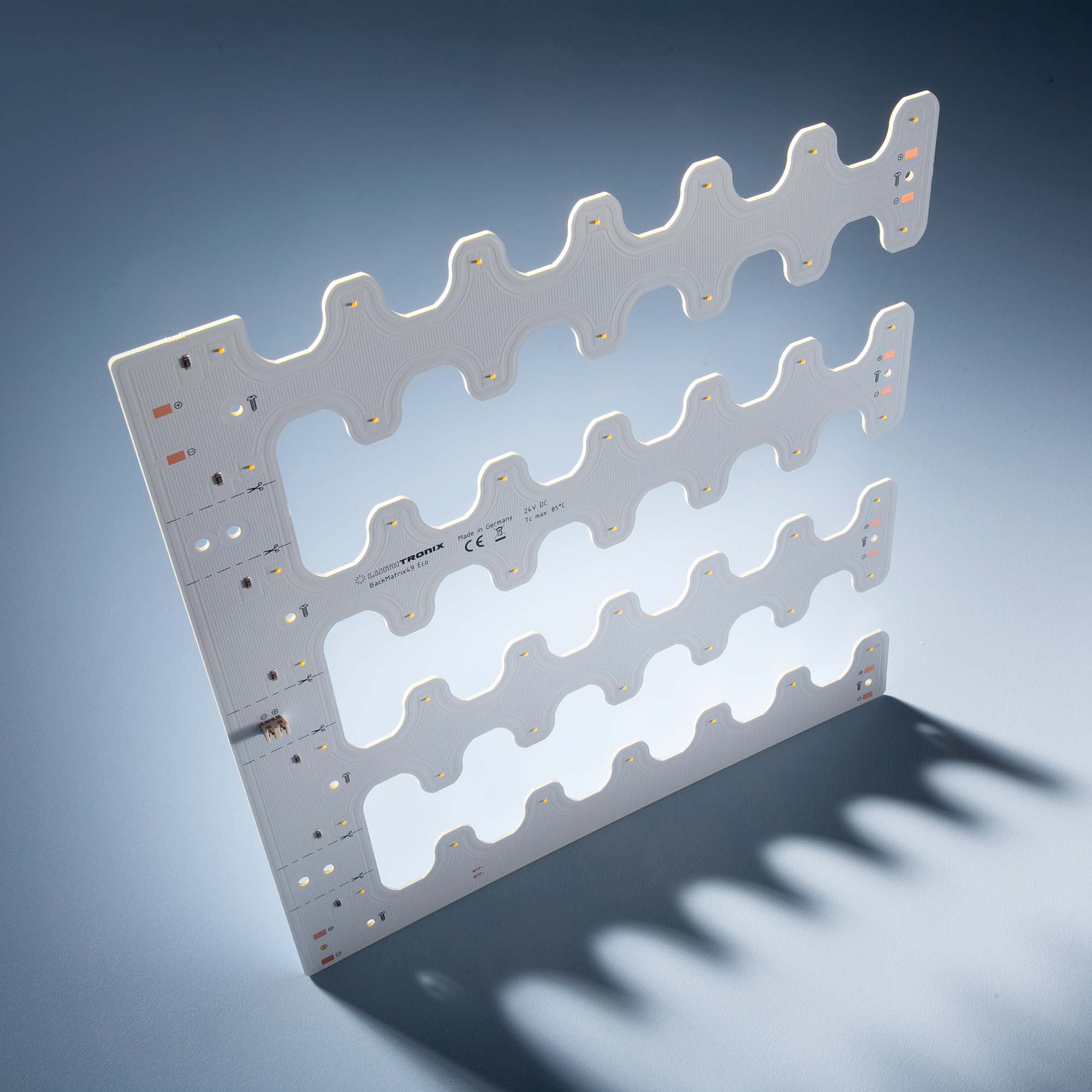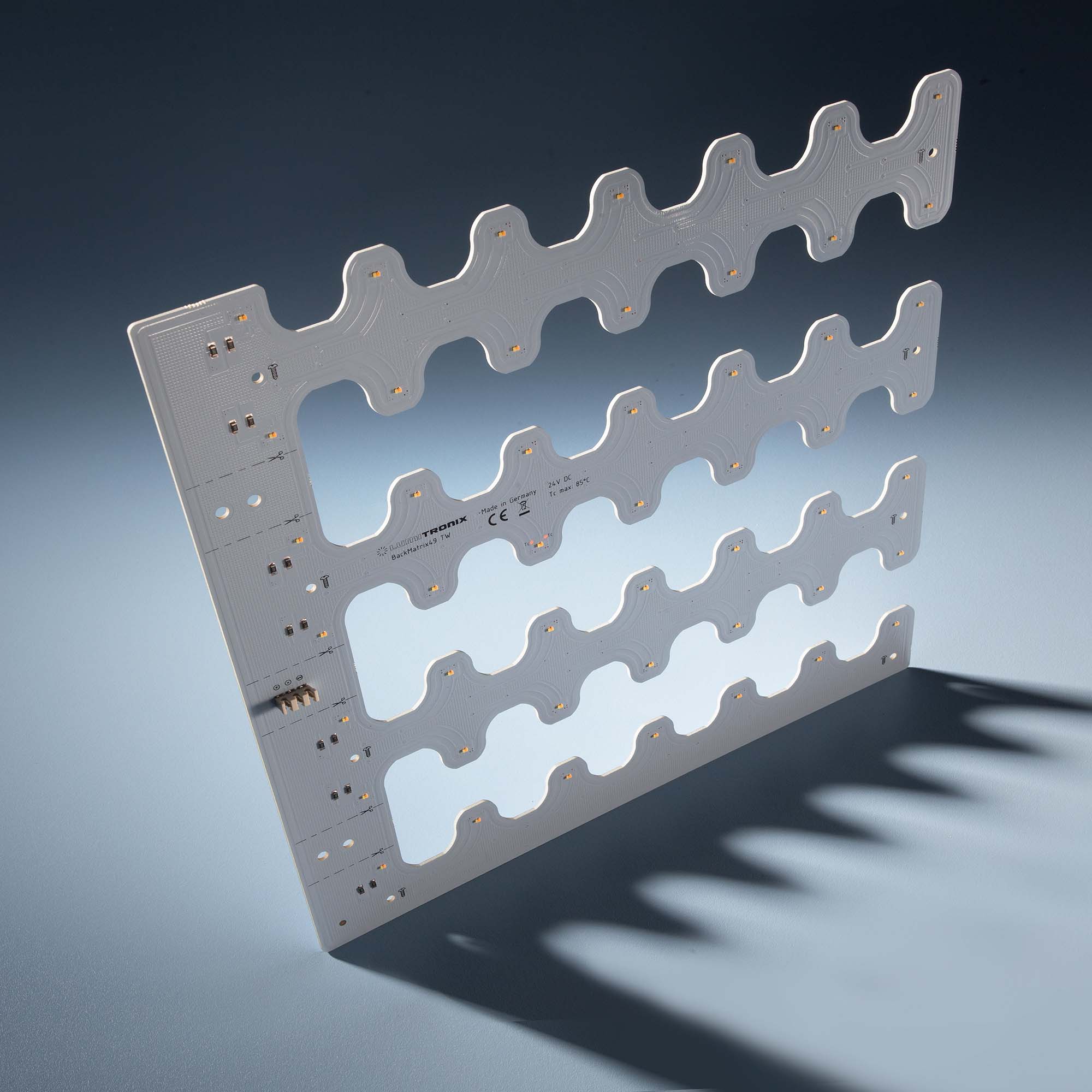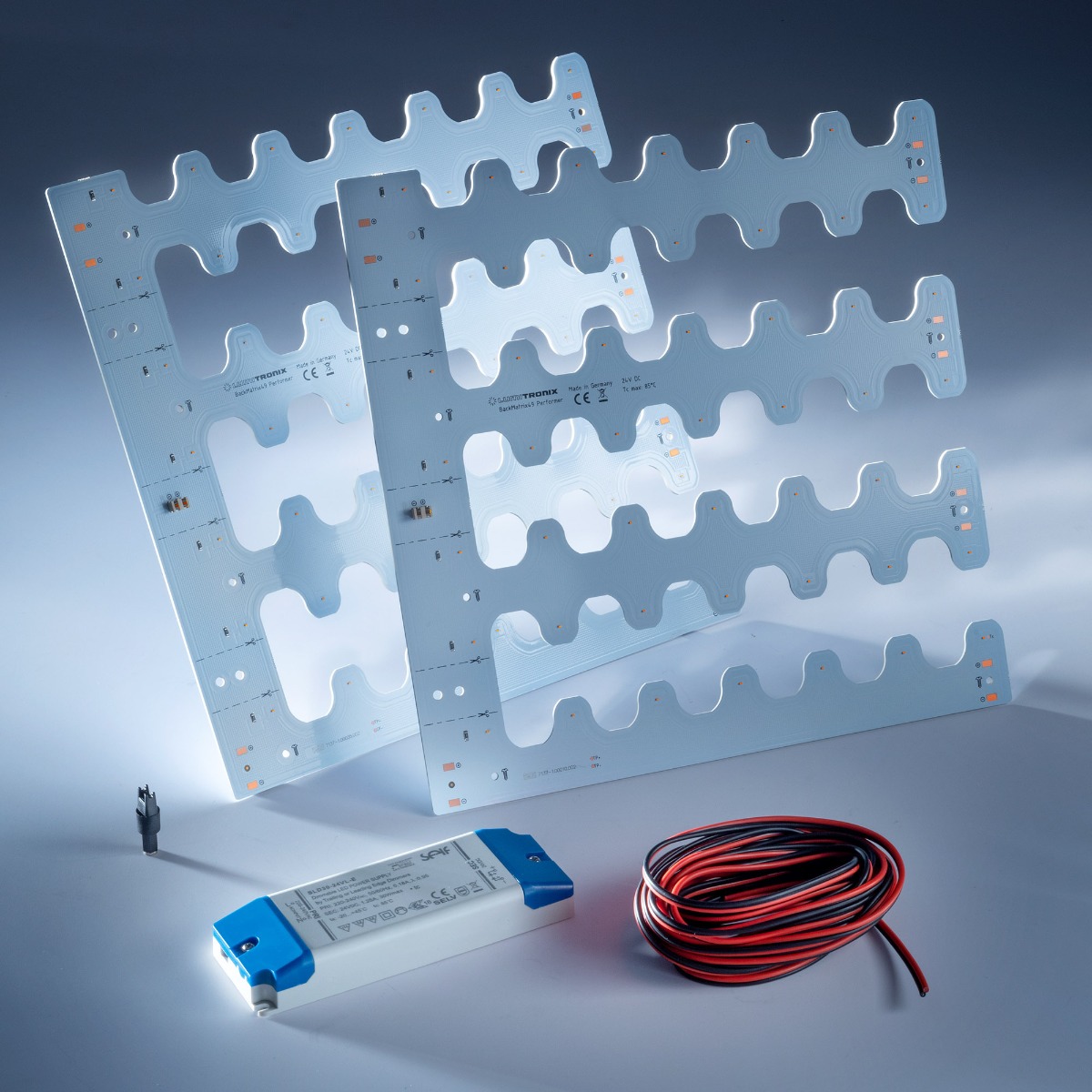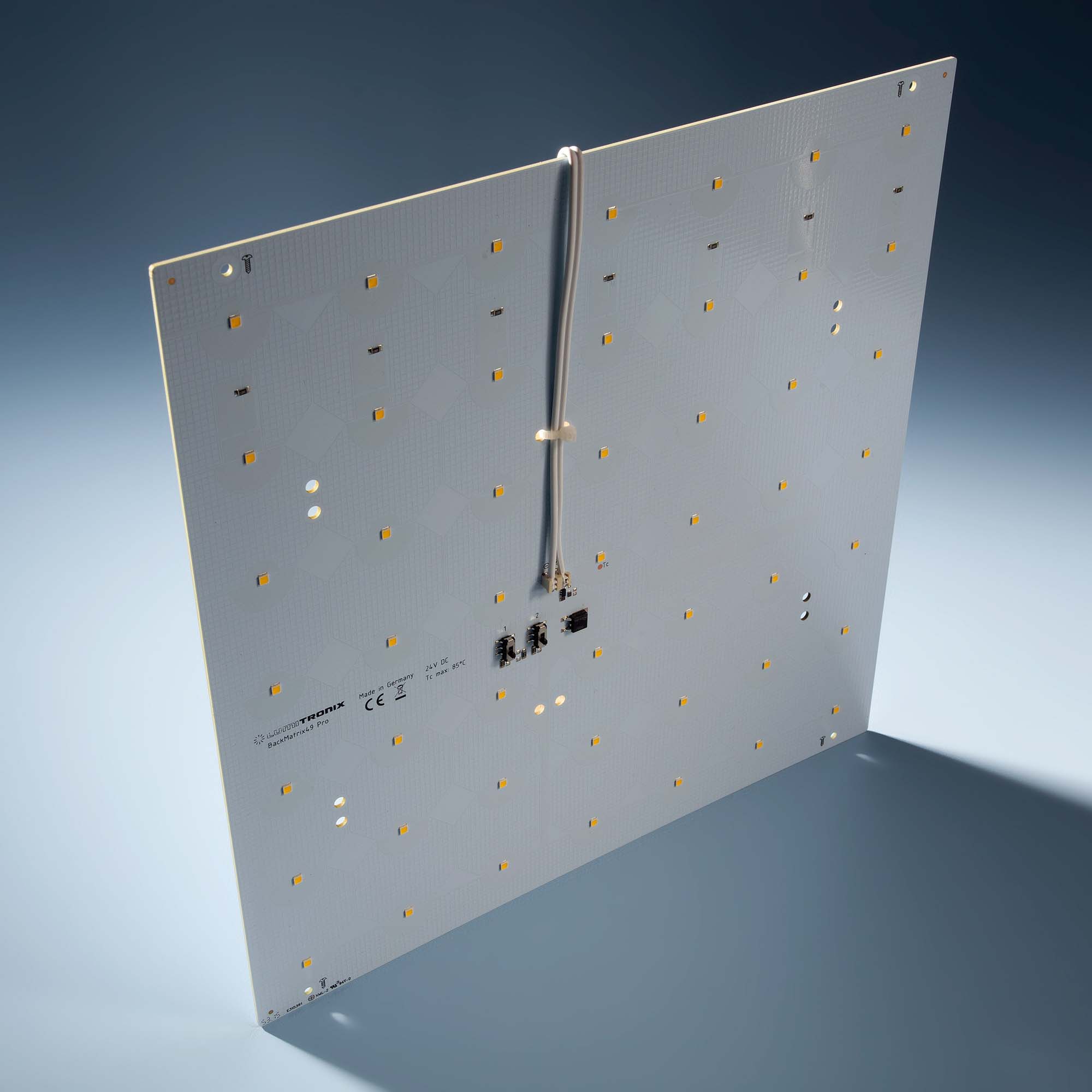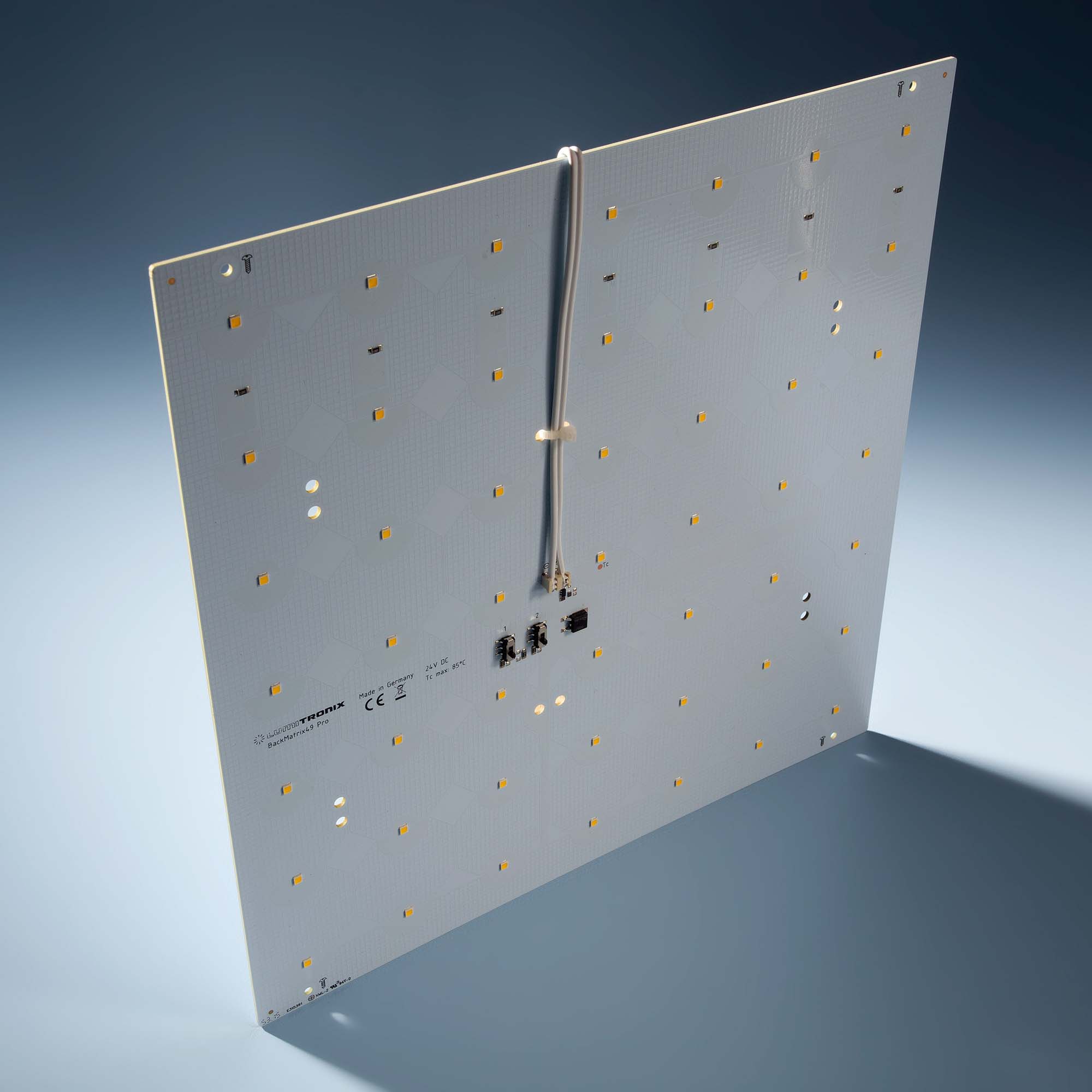Illuminated stretch ceilings: Transforming interior lighting with elegance and efficiency
- By Lumistrips LED Professional
- Apr 10, 2023

An illuminated stretch ceiling is an innovative and captivating interior lighting trend that uses a large, translucent material in combination with a backlighting system to create a soft, even, and relaxing ambiance. This design not only provides a glare-free lighting experience but also allows for a high degree of personalization and a significant impact on the overall design of a space.

In this article, we will discuss the unique challenges and considerations for designing and installing an illuminated stretch ceiling, ensuring the best possible outcome for your project.
1. Opt for a translucent stretch ceiling material with good light transmission
The light transmission rate of the translucent material used in a stretch ceiling plays a crucial role in the installation and operating costs. For simple white ceilings, a light transmission rate of at least 50% is recommended. When choosing between different manufacturers, prioritize the material with the highest transmission rate. If you plan on incorporating a printed image on the ceiling, avoid highly absorbent colors like black or dark gray, while warm colors tend to yield the best results.
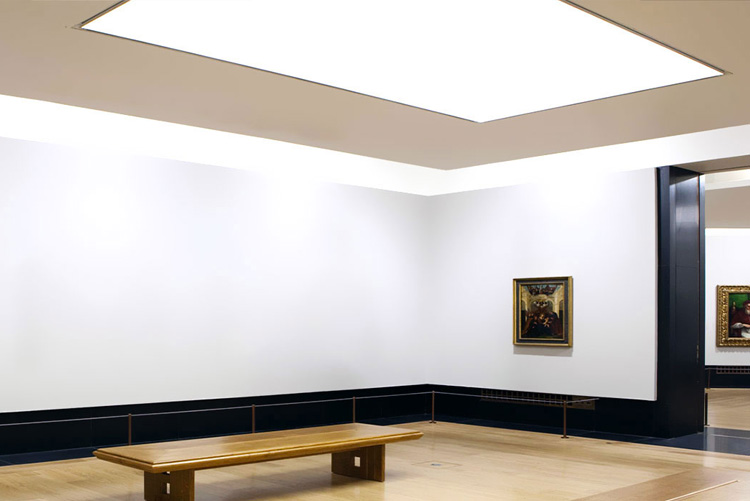
2. Determine the optimal distance between the LEDs and the stretch ceiling
To achieve uniform illumination without hotspots or dark areas, the LEDs must be evenly distributed behind the translucent material. For most LEDs with a 120-degree illumination angle, the distance between the LED strips or modules should equal the distance between the LEDs and the stretch ceiling. For LEDs with a 180-degree angle, the distance ratio should be 1.5.
A distance between 30 cm and 50 cm between the light sources and the translucent material is recommended. Smaller distances may require more LEDs to maintain uniform light, increasing installation and operating costs.
When choosing a light source, you should consider the light transmission rate. For example, if you need 5000 lumens for a 20 sqm living room, the luminous flux of the LEDs behind a translucent material with 50% rate should be 10000 lm.
If you are using a printed image on the ceiling, you should avoid colors that are very absorbent, such as black or dark gray, while warm colors have the best results.

- 120 deg view angle: 30 cm
- 180 deg view angle: 45 cm
3. Prioritize energy-efficient light sources
Select LED modules or strips with high energy efficiency, at least 100 lm/w, to achieve the highest luminous flux with the lowest energy consumption.
4. Select an LED light source with appropriate light output and quantity
Consider the purpose of the lighting when choosing the type and luminous flux of the light source. Use the following guide for a white stretch ceiling with a 50% light transmission rate:
A) Ambient light: 500–1000 lumens per square meter (45 - 90 lumens per square foot)
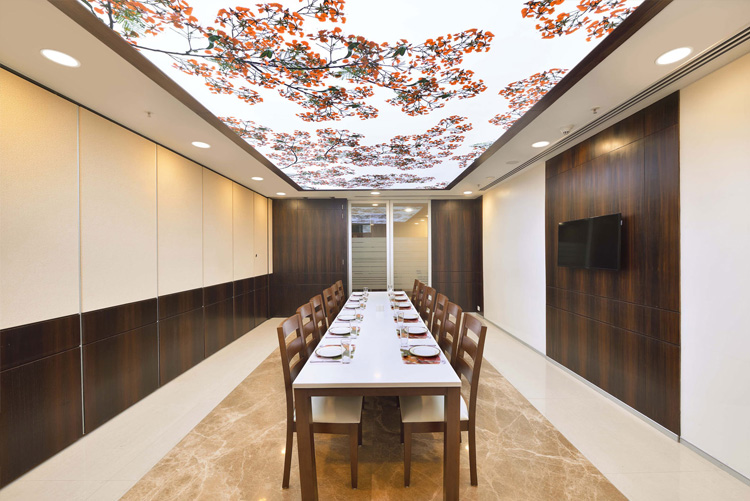
For ambient lighting we recommend BackMatrix-49-2080 LED modules with 2700K, 4000K, tunable white 2700-6500K or RGB+W. We recommend 4 pcs per square meter for uniform lighting at minim 30 cm depth.
B) General lighting for residential: 1000–2000 lumens per square meter (90 - 180 lumens per square foot)
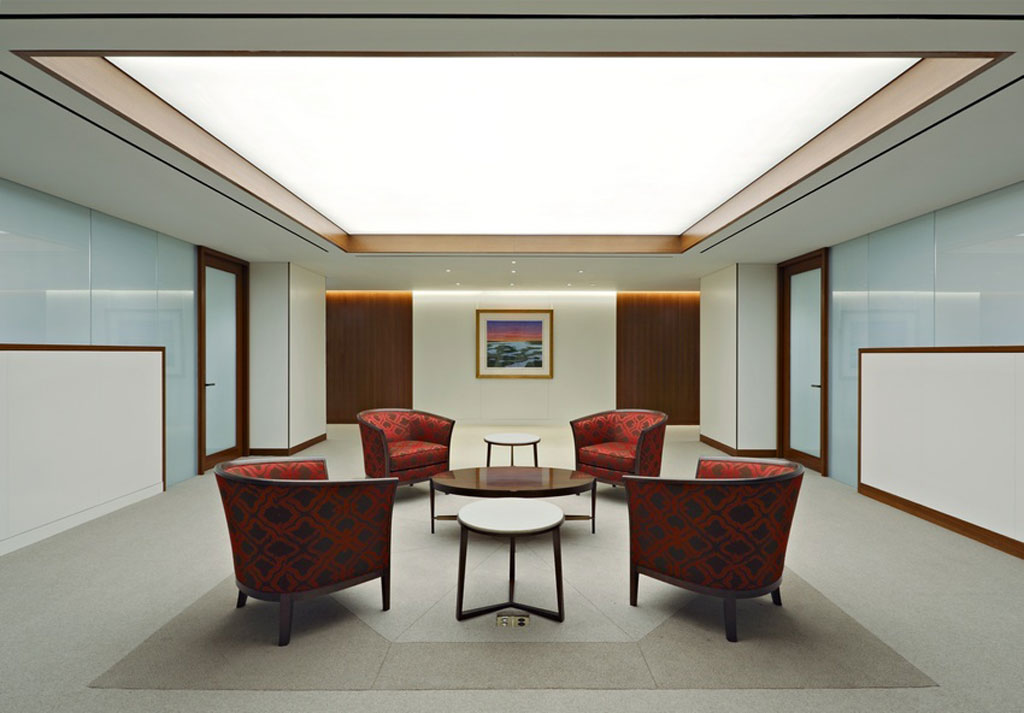
For general lighting we recommend BackMatrix-49-3080 LED modules with 3000K, 4000K. 4 pcs per square meter recommended for uniform lighting at minim 30 cm depth.
C) General lighting for commercial and business applications or workplace lighting: 2000 - 8000 lumens per square meter (180 - 720 lumens per square foot )
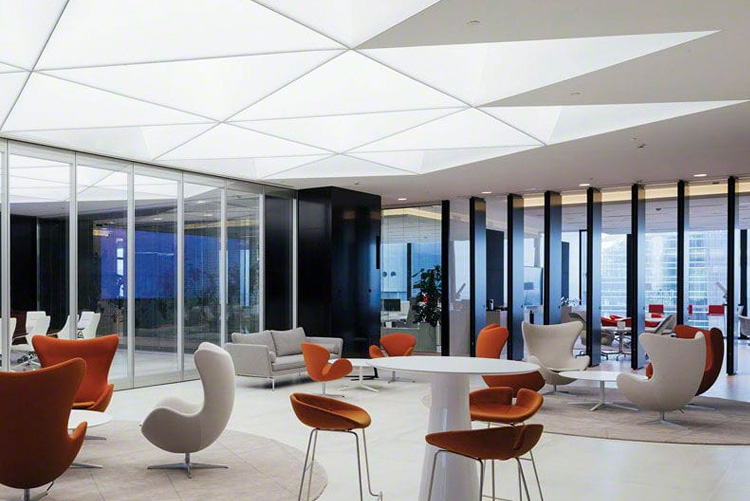
The MiniMatrix-4080 and LumiMatrix modules represent the optimal solution for building luminaires for commercial and business applications with large, light surfaces, via backlighting in a uniform, economical and durable way.
5. Utilize easy-to-install LED strips or modules
LEDs for stretch ceilings should be easy to install and require minimal auxiliary components. For large areas, opt for square or rectangular LED modules that are at least 25 cm wide, as they are easier to place evenly compared to LED strips.
6. Choose LED modules or strips with high-quality light, spectrum, and color rendering index (CRI)
For general lighting purposes, we recommend light sources with a high-quality spectrum and a minimum CRI of 90. Full-spectrum technology, such as Seoul Semiconductor SunLike LEDs, offers the best light quality with near daylight-like spectrum and maximum CRI scores. A minimum CRI of 80 is recommended for work and living spaces, with CRI95+ being the ideal value.

7. Install LED modules or strips with long lifetimes, minimal color shift, and excellent lumen maintenance
Long-lasting LED light sources with minimal color shift over time are crucial for sizable installations. If the brightness fades or the color temperature changes, a total replacement might be the only solution for uniform lighting. Ensure the chosen LEDs have a proven track record for longevity, color consistency, and lumen maintenance to avoid costly replacements in the future.
For example, if "LEDs 1" are used in the installation and the light changes as in the image on the right, replacing only some sections with "LEDs 2" will exacerbate the lack of uniformity, as in the image below.
8. Consider incorporating smart lighting controls
Integrating smart lighting controls into your illuminated stretch ceiling design allows for greater customization and energy efficiency. With dimming capabilities, color temperature adjustments, and pre-programmed lighting scenes, you can tailor the lighting to suit various activities or moods. Additionally, smart lighting controls can help reduce energy consumption by automatically adjusting the lighting based on the room's occupancy or natural daylight availability.
9. Hire experienced professionals for installation
While illuminated stretch ceilings can dramatically transform any interior space, their proper design and installation require specialized skills and knowledge. Hiring experienced professionals for the job will ensure a smooth process, adherence to safety standards, and a high-quality result that meets your expectations.
In summary, an illuminated stretch ceiling provides a unique and visually appealing lighting solution that can significantly impact the overall design and atmosphere of a room. By taking into consideration the key factors discussed in this article, such as light transmission, LED placement, energy efficiency, and smart lighting controls, you can create a tailored and functional lighting design that elevates your interior space. Partnering with experienced professionals will ensure the best possible outcome and long-lasting satisfaction with your illuminated stretch ceiling project.

 Lumistrips EN
Lumistrips EN Lumistrips UK
Lumistrips UK Lumistrips ES
Lumistrips ES Lumistrips PT
Lumistrips PT Lumistrips ITA
Lumistrips ITA